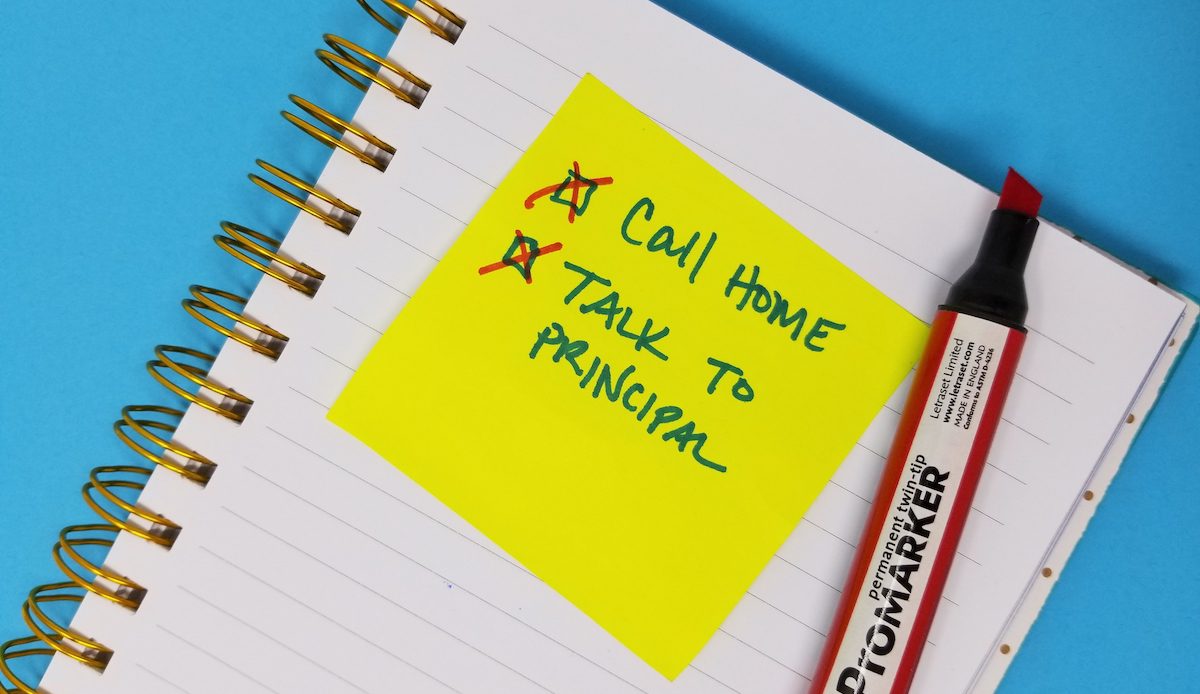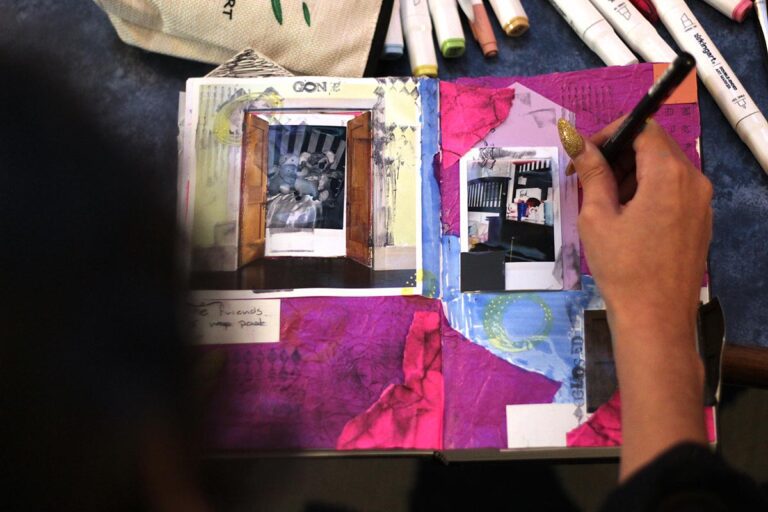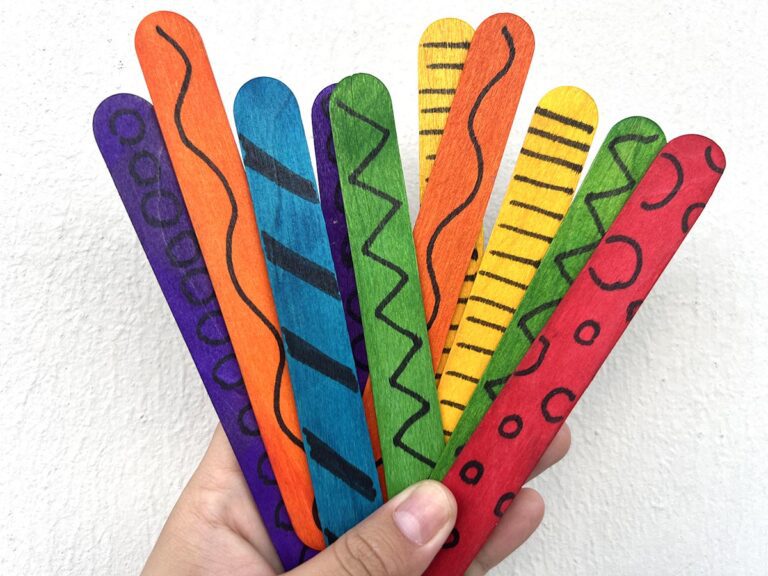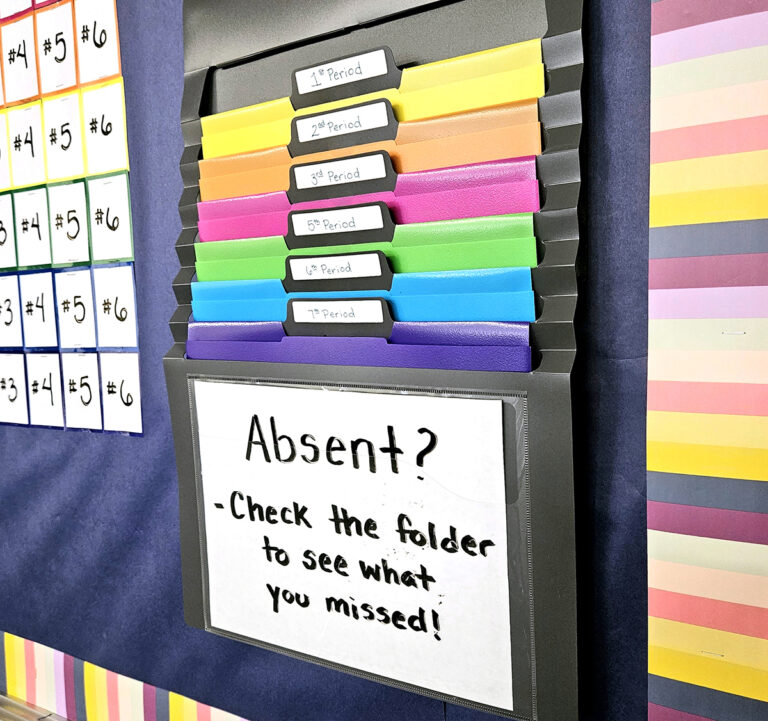Being an art teacher is one of the best professions in the world! But every once in a while, you have to work through a frustrating, tiring, and stressful student-discipline situation. One of the biggest challenges is deciding when to send the student out of your room and when to go to your administrator for support. Every case is different—there is no manual for answers.
If the behavior in the room escalates and you need administrative support, be sure you’ve laid the groundwork in advance.
Everything you’re doing up until you connect with an administrator will influence their support. Here is a list of things to consider when involving your administrator in student discipline:
Communicate Early
Administrators are put in an awkward position when they hear about discipline issues when the situation is already hemorrhaging. Emotions are high, parents are involved, and everyone is looking to them to step in and immediately resolve the issue.
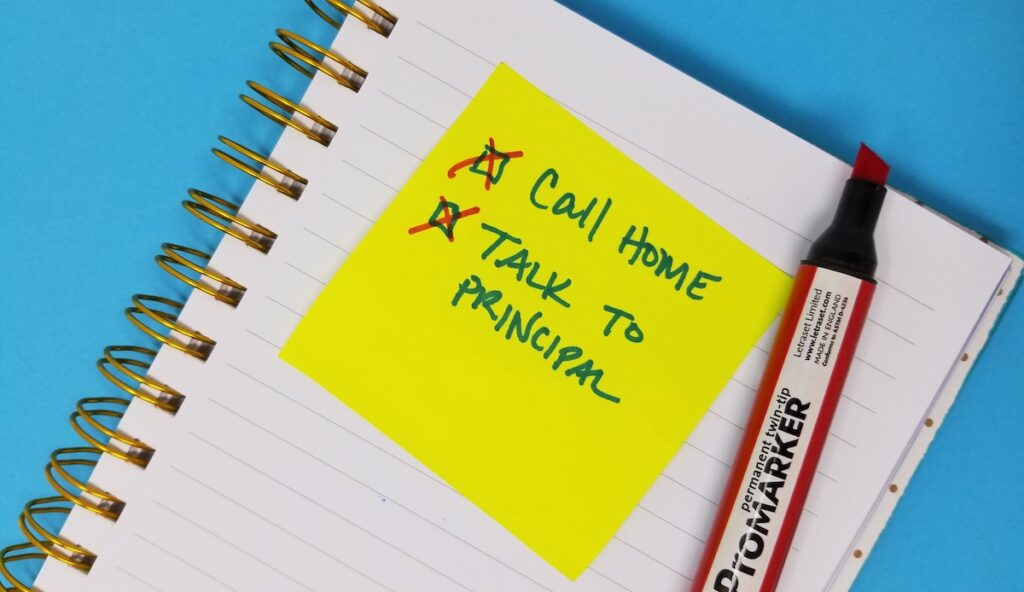
Avoid this situation by giving your administrator a heads-up as an issue emerges. A quick conversation allows you to introduce them to the situation, share interventions you’ve already tried and are planning to try, and hear any ideas from them. Bringing them into the process early helps you control the narrative and invites them to be a part of the solution from the onset.
Strengths-Based Language
As you speak with your administrator about the situation, speak respectfully and positively about the student. Discipline issues are frustrating, and working with kids can be challenging, but being overly negative about the student as a person or learner isn’t appropriate and can reflect poorly on your professionalism. Negative language can be interpreted as dislike for the student and make you a part of the problem. While you communicate the issues, acknowledge where you have found success in working with the student and where they excel. Send the message you’re continuously trying to support the student and are on their side, even when things aren’t going well.
Call the Parent/Guardian
One of the first things an administrator is going to ask is, “Have you called the parent?” While parent-teacher relationships have evolved, parents are still a part of the equation and can provide support in ways you can’t as a teacher. They also deserve to know when their student is misbehaving in your classroom. Similar to working with the administration, how and when you involve a parent can influence their response. But the same rules still apply: communicate early with a heads-up, ask if they have ideas on how to better work with their student, and keep them informed of any changes.
What You Permit You Promote
Having clear and consistent rules and expectations in the classroom is critical for administrative support. When the student observes other students in class behaving similarly without the same repercussions, it can be difficult for the administrator and parent to provide support. Likewise, it is difficult to get support if classroom expectations are vague or ambiguous. Be sure to have your classroom rules and expectations distributed at the beginning of the year and posted in the room. Having parents sign off on the expectations can also be a proactive step in communicating early.
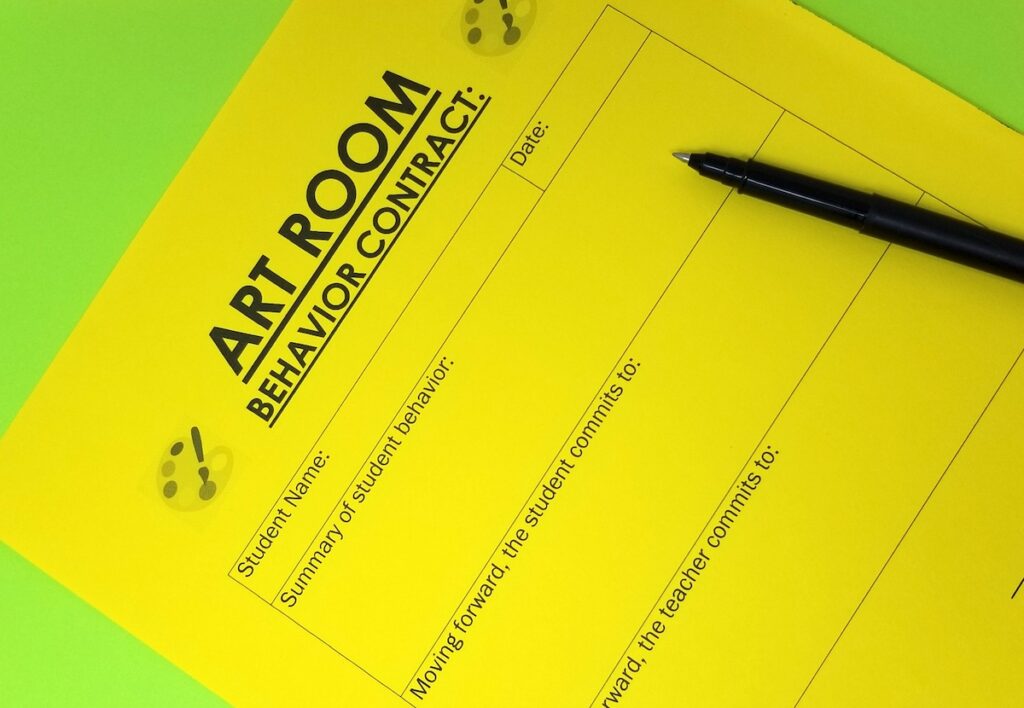
Document Everything
Administrators want to support their staff, but this can be challenging in the face of a parent when there is no clear documentation of the issues. Keeping notes of incidents and conversations with the student and parent provides an accurate timeline of events to refer to as necessary. Documentation also sends the message that you’re organized and reliable, which are qualities you want your administrator to see in these situations. Even if you don’t think something should be documented, perhaps because it’s the first time something happened, document it anyway. It could become relevant in the future.
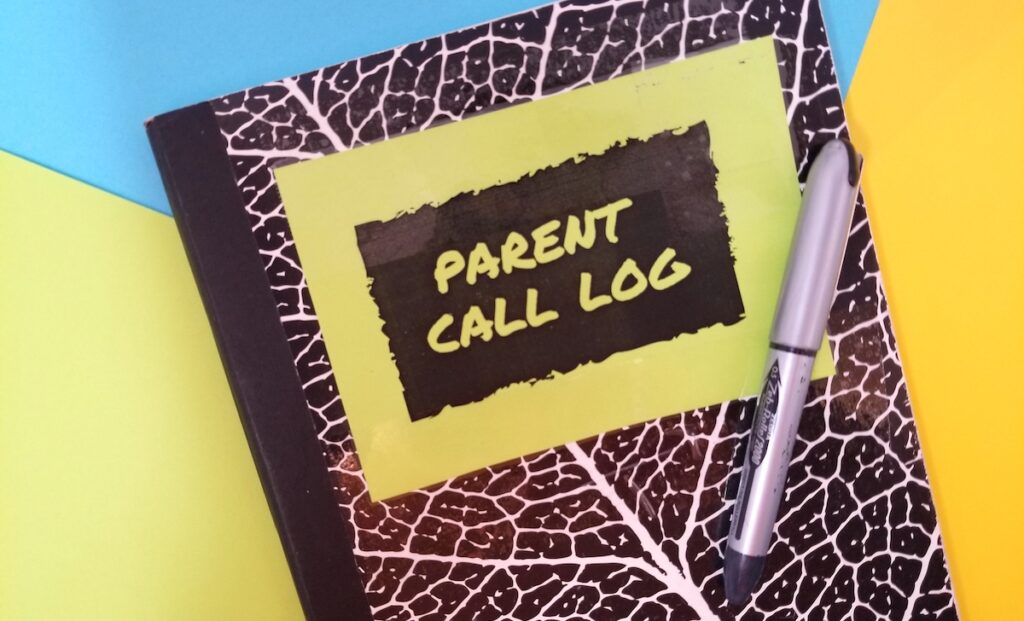
Provided Supports and Interventions
As a behavioral issue progresses, you should be making efforts to adjust your classroom management and instruction. Your administrator is going to want to know what you have already tried to produce a different result. Have you moved the student’s seat, tried a behavior contract, or developed a non-verbal cue with the student to stop the behavior? Similarly, show you’ve considered how your instruction or curriculum could be a contributing factor. Have you provided the student choice in their work, used relevant resources, or more engaging subject matter? You want to send the message that you’re actively trying and willing to do the work to improve the situation.
If you’ve applied these best practices to handling a student discipline situation, then working with your administrator can be a positive experience and help the two of you grow together. While you can’t control their view or opinion, you can significantly influence it by how they receive the information, the timing, and extent of their involvement. Being organized, proactive, and communicative to everyone involved are the keys to a successful resolution.
What other steps should you take before connecting with your administrator?
What other supports and interventions can help our students?
Magazine articles and podcasts are opinions of professional education contributors and do not necessarily represent the position of the Art of Education University (AOEU) or its academic offerings. Contributors use terms in the way they are most often talked about in the scope of their educational experiences.
